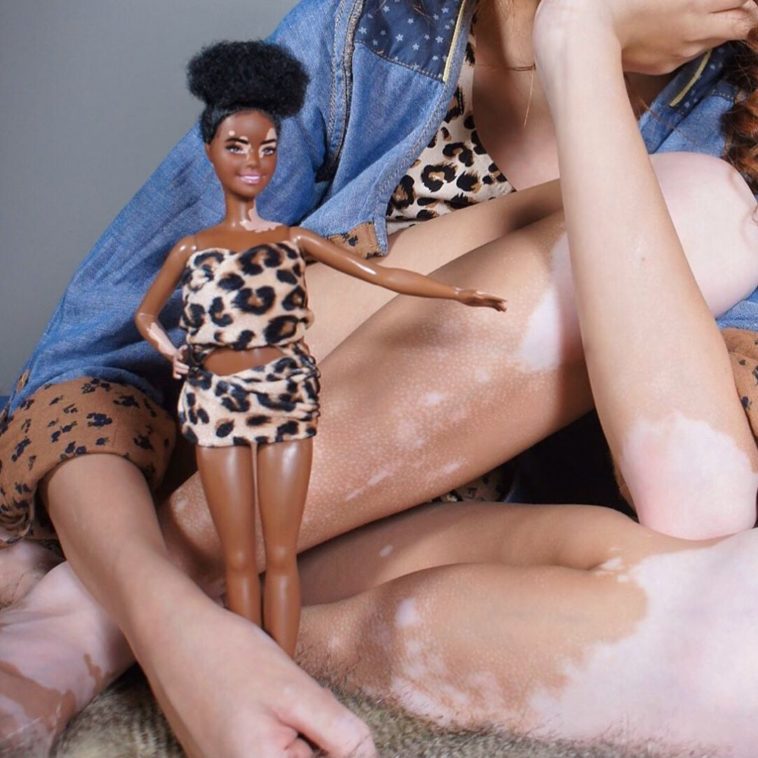2020 couldn’t kickstart better than this. Barbie dolls that have been blamed for stereotyping beauty for way too long have finally got inclusive. The makers of Barbie, Mattel, unveiled a slew of new dolls featuring inclusive hairstyles, body types, and vitiligo.
In 2020, Barbie is continuing the journey to represent inclusivity in the fashion doll aisle by showcasing a multi-dimensional view of beauty. Recently launched bunch of Barbies include 8 body types, 35 skin tones, and 94 hairstyles, only to reflect the world girls see today. The makers revealed a doll with vitiligo along with a doll with physical impairments, no hair, and prosthetic limbs, letting their small consumers know that beauty comes in different shapes, sizes, skin tones, and physical asymmetry.
Evolution of Barbie – From skinny blonde to a representative of vitiligo
After historically being criticized for Barbie’s lack of diversity, Mattel has invested the last five years understanding the importance of inclusivity. In 2017, the first Barbie with a hijab was released. Taking inclusivity to another level, the next in line was Joss, a doll that was hearing impaired. In September, the brand rolled out gender-neutral dolls for kids who don’t want their toys to conform to gender norms. In 2019, Barbie became a “curvy black fashionista with an afro hairstyle,” subsequently being a doll that uses a wheelchair the same year.
From the disproportionate, long-legged, impossibly skinny blonde – Barbie now represents a multitude of realistic everyday girls. Today, Mattel has taken their drive for inclusivity one step further by launching dolls with vitiligo. To design the doll with vitiligo, the makers worked with a dermatologist to ensure it was accurately represented. We agree with what a brand spokesperson told a news outlet – “As we continue to redefine what it means to be a ‘Barbie’ or look like Barbie, offering a doll with vitiligo allows kids to play out even more stories they see in the world around them.”

